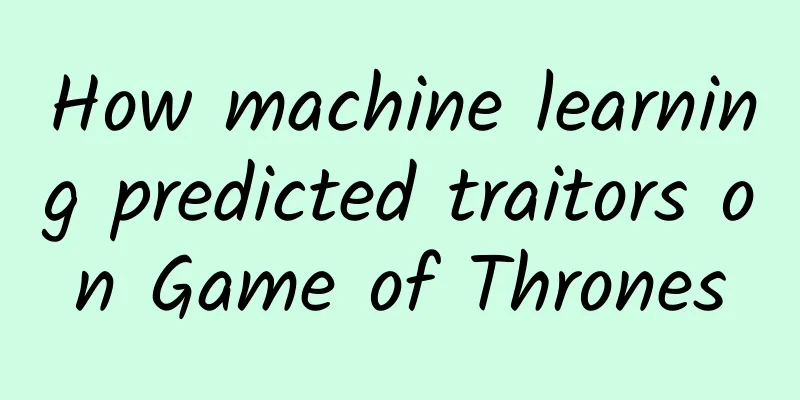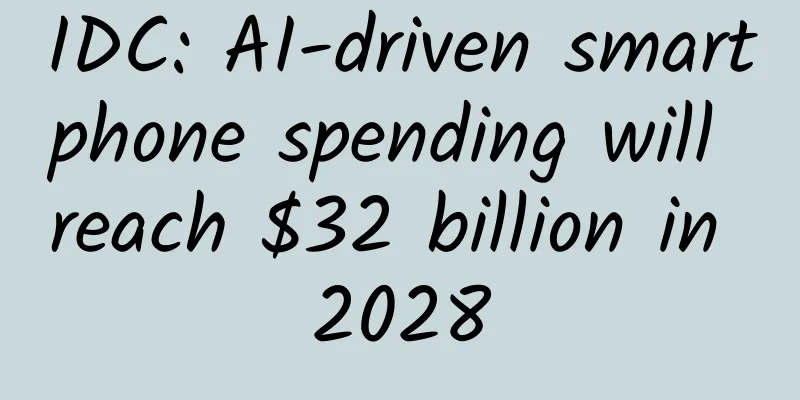|
This article is reproduced from NetEase Technology. The original title is "The Future of Computer Chips: Smaller, Faster, Cheaper"
The New York Times Online published an article analyzing the future of computer chips. The article introduces the profound impact of Moore's Law on the chip industry. However, this law may not always be true. The speed of chip development is slowing down, which will make the industry more competitive and promote innovation.
The following is the main content of the article:
In 1960, at the International Solid-State Circuits Conference held on the campus of the University of Pennsylvania, a young computer engineer named Douglas Engelbart introduced a simple but groundbreaking concept to the electronics industry: scaling.
Dr. Engelbart, who later became known as the “Father of the Mouse” for his work on the computer mouse and other personal computing technologies, theorized that as electronic circuits shrink in size, components will run faster, require less power, and become cheaper to manufacture.
One person in the audience that day would become one of the founders of Intel in 1968: Gordon Moore. In 1965, Moore had formulated a quantitative description of the scaling principle that would have a huge impact on the computer age. He predicted that the number of transistors that could be soldered onto a chip would double every year for at least a decade, leading to a dramatic improvement in computer performance.
His prediction, published in the April 1965 issue of Electronics magazine, became known as Moore's Law. But this law is not a true law of physics, but Moore's observation of the development trend of this emerging industry. Moore's Law has been proven to be correct in the next half century.
A transistor, roughly the width of a cotton fiber, cost about $8 (adjusted for current inflation) in the early 1960s. Today, billions of transistors can be soldered onto a chip the size of a fingernail, and transistors cost less than a penny.
With the fulfillment of Moore's Law, Silicon Valley has achieved remarkable results in personal computers, smart phones, and the Internet.
However, the pace of progress predicted by Moore's Law has slowed in recent years. A decade ago, chip speeds stagnated, the development cycle for new generations of chips lengthened, and the cost of a single transistor has stabilized.
According to technical experts, the development cycle of the next generation of chips will be longer, perhaps two and a half to three years. They are worried that by the mid-2020s, transistors made of only a few molecules will not be able to function reliably. Unless there is a new technological breakthrough, Moore's Law will end.
Henry Samueli, chief technology officer of communications chip maker Broadcom, used a vivid metaphor that Moore's Law is aging like an old man with his hair gradually turning white. "He" is not dying, but is about to retire.
In 1995, Moore changed the cycle of doubling the number of transistors on a chip from one year to one every two years.
The question is what will happen if these three trends—increasing speeds, decreasing energy consumption, and decreasing prices—cannot all continue simultaneously.
Robert Colwell, a former electrical engineer at Intel, said the impact would extend far beyond the computer industry. “Take the automotive industry, for example. What has driven innovation over the past 30 years? Moore’s Law,” he said, noting that much of the industry’s innovation in engine controllers, anti-lock brakes, navigation, entertainment and safety systems can be attributed to the falling cost of semiconductors.
But Silicon Valley, which always has a young mentality, does not have these concerns. For more than 30 years, Silicon Valley has firmly believed that computers will become faster, more powerful, and cheaper. This prospect is described as the "Internet age" and even gave birth to the "singularity theory." If the singularity is reached, computers will surpass human intelligence. Many people in Silicon Valley firmly believe this.
Physical Limits
Chips are made of metal wires and transistors based on semiconductor materials. A transistor is an electronic switch that controls the flow of electric current. The most advanced transistors are smaller than the wavelength of light, and the most advanced electronic switches are smaller than a biological virus.
Chips are produced using a process called photolithography, which was first used in the late 1950s and has been continuously improved. Today, ultraviolet lasers are also used in this process.
What should big chip companies do when the "scaling" that Engelbart described no longer works? They can adopt software or new chip designs that have the same number of transistors but higher computing power. Or they can introduce special materials to make faster and smaller transistors, new types of memory, and fiber-optic communication lines (rather than electrical communication lines).
There are many other groundbreaking responses. For example, quantum computing, if put into practical use, could significantly reduce processing time and accelerate the development of spin electronics, which is expected to bring computing technology into the era of atomic-scale components.
There has been recent optimism about new extreme ultraviolet (EUV) processes, which use wavelengths about one-tenth the shortest wavelengths in the visible spectrum, making it possible to produce smaller components and simplify chip manufacturing. But the technology has yet to be proven in commercial production.
Unlike rivals such as Samsung and TSMC, Intel executives are confident that the company's chips will become cheaper for the foreseeable future, and Intel disputes the idea that transistor prices have plateaued.
In July, Intel said it would delay the introduction of 10-nanometer technology (by comparison, a human hair is about 75,000 nanometers wide) until 2017. This is contrary to Intel's traditional practice of introducing chips made of smaller transistors each year and adopting new design features the following year. This shows that Intel cannot reverse the "decline" of Moore's Law. Intel CEO Brian Krzanich said that "the company's chip refresh cycle is closer to two and a half years, not two years," which coincides with the speculation of the above-mentioned technical experts.
No more free rides
The slowdown in chip development will lead to more intense competition in the industry, which is currently dominated by GlobalFoundries, Intel, Samsung and TSMC, while many other semiconductor manufacturers have less advanced equipment than the four major companies.
David Yoffe, a professor at Harvard Business School, said that slowing down chip development might allow these lagging manufacturers to compete in markets that don't require the most sophisticated technology. Even if shrinking transistor size doesn't make chips faster or cheaper, it could still reduce power consumption.
Ultra-low-power computer chips will appear in about five years, in some cases eliminating the need for batteries because they can be powered by the sun, vibrations, radio waves, or even sweat. Many of these chips will be sophisticated new sensors that will be wirelessly integrated into centralized computing systems in computing clouds.
What kind of products will these chips enable? We don’t know yet. But product designers will be forced to think about how to create new products from a new perspective, rather than passively waiting for chip performance improvements as in the past. Based on Moore’s Law, computers are getting smaller and smaller, but they have basically been stuck in the original design ideas and lack innovation.
"In the past, designers were lazy," said Tony Fadell, creator of the Apple iPod.
“We’re all basically free-riding,” said Carver Mead, one of the inventors of the chip.
In fact, Moore's Law will continue to be true for at least the next 10 years. If not, humans will have to improve their creativity.
As a winner of Toutiao's Qingyun Plan and Baijiahao's Bai+ Plan, the 2019 Baidu Digital Author of the Year, the Baijiahao's Most Popular Author in the Technology Field, the 2019 Sogou Technology and Culture Author, and the 2021 Baijiahao Quarterly Influential Creator, he has won many awards, including the 2013 Sohu Best Industry Media Person, the 2015 China New Media Entrepreneurship Competition Beijing Third Place, the 2015 Guangmang Experience Award, the 2015 China New Media Entrepreneurship Competition Finals Third Place, and the 2018 Baidu Dynamic Annual Powerful Celebrity. | 









